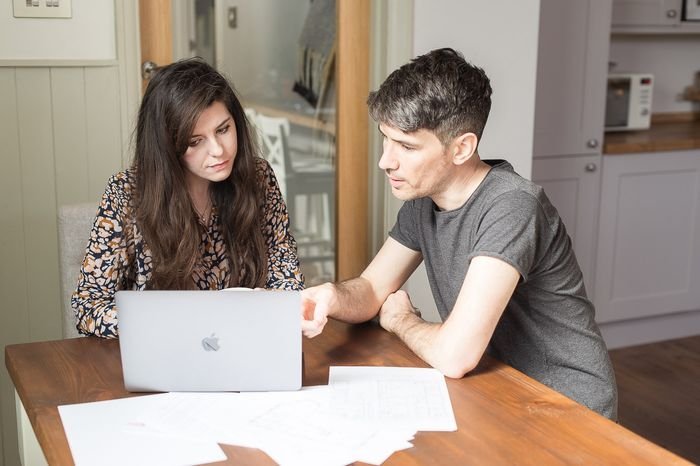Moving a Bathroom: What to Consider?
Moving a Bathroom Can Mean a Whole New Design! IMAGE of our reno club student anna’s home
Moving a bathroom is common in renovation projects, but it can be a complex operation that will require you to take into account a few key technical elements. To help you, we’ve summarised everything you need to consider and take into account in order to relocate a bathroom inside your home.
Bathrooms are the hardest rooms to renovate and we recommend it not to be your first project, so before you can start planning your new bathroom, consider the following points which will help you anticipate early on potential issues later down the line.
A New Bathroom by our reno club student, Melissa
Locate Your Pipes
When considering moving a bathroom, the first thing you need to do is to locate your existing pipes. Ideally, you want to place your new bathroom as close to the existing pipework as possible. The closer the bathroom is to the pipework the easier and cheaper the project will be.
Ultimately the best solution is to move your bathroom either directly above or under the existing bathroom in adjacent rooms. This will allow you to limit the works done to the pipework and will save you time and money on-site.
Clearly Define Your “Moving the Bathroom” Budget
For most projects but particularly for bathroom relocation projects, it is very important to have a clear idea of your budget before you start any design work. Your budget might help you make some choices. As we explain in our post how much do bathrooms cost, the average bathroom cost seems to sit around £4,000 to £6,000 for most areas in the country, but that price can really vary during a renovation project if you have additional structural work or a lot of pipework.
So before you start designing anything, we recommend making a clear budget for yourself and understanding what are your wants and needs are.
Understanding What Your Floors and Walls Are Made Of
When doing any type of renovation, but especially one that involves bathroom relocation, it’s very important to understand what you are working with. Whether your home is a concrete or timber structure will have an impact on your project, especially when it comes to chasing pipework. If you are not sure what the structure of the house is, the best thing to do is to speak to a contractor or a structural engineer that could help you understand your home.
Moving the Bathroom Lets You Design a New Layout! IMAGE: @bland.to.grand
What to Do With Your Existing Bath, Sink, Toilet?
When moving your bathroom, you will have the option to keep and reuse your current sanitaryware such as your bath, sink, or toilets. This could be a great way to save some money but it is not always possible to unfix these objects without damaging them. A contractor would be able to tell you whether you should be able to keep everything or if it is best to start with new.
Depending on the material, toilets and sinks can last hundreds of years so if you’re happy with how yours look, it is more sustainable to reuse them and give them another life!
Retrofitting an Existing Room
Once you’ve located where you want your future bathroom to be, you will need to upgrade everything to be fit for purpose. This will include waterproofing walls and floors, but also changing/removing all the plugs and electrics. This is not complicated but it needs to be factored into your budget.
In addition, you will also need to consider how to ventilate the bathroom properly to avoid any risk of mould and to obtain a Building Regulation Approval. This process will probably include the installation of an extractor fan which you might want to locate in an elegant hidden location so that it doesn’t impact the facade too much.
What to Do During the Construction
If you decide to keep living in your home during the construction period, you might find yourself in a situation where you don’t have any toilet for a while. In this case, you would need to think of an interim solution, such as hiring a portaloo or considering moving out for that short period of time.
Which Layout for Your New Bathroom?
Whether you will be dealing with a small bathroom or are lucky enough to work with a bigger room, we have made a full bathroom layout guide to help you master your home renovation project and anticipate any issue before you start construction with some layout examples suited to most room sizes.
Ready to move your bathroom? We can help!
Get access to our free email series today – it’s for first-time renovators who want to give their Bathroom relocation the best head start 👇👇
Save money
Avoid pitfalls and compromises
Reduce renovation stress




